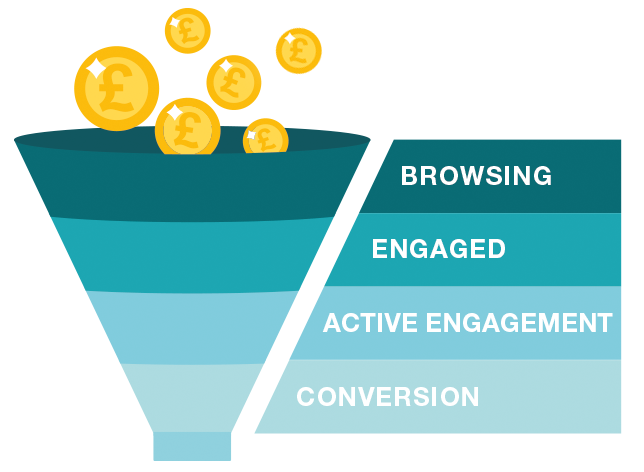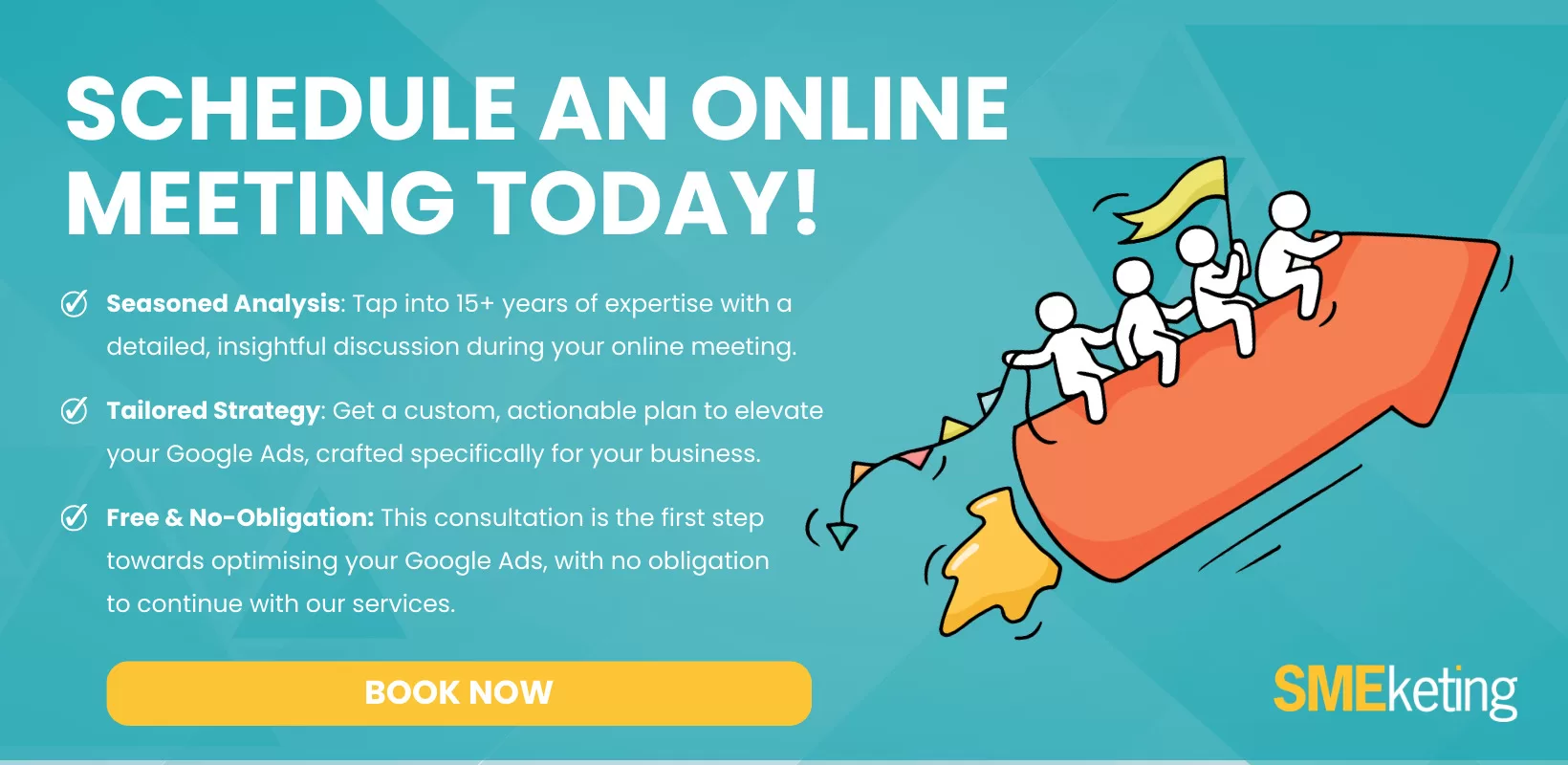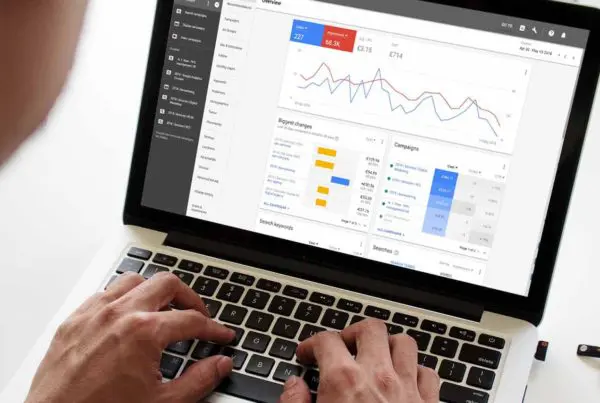When we’re growing a business, and particularly when we’re using Google Ads, micro-conversions often get overshadowed as we focus on the larger, core goals. We tend to focus on the big metrics—more sales, more signups, more services sold—which we dub ‘macro conversions.
Except: I’ve never discovered a site only to purchase their products immediately. Most consumers aren’t so impulsive either.
For consumers, the journey to a conversion or purchase is paved with several smaller interactions. Think about a typical shopping experience:
- You discover a brand via social media or by search
- You delve into their site, reading the about and product pages
- You like what you see, adding an item to your cart.
While we hope these steps happen in quick succession, this buyer’s journey could take a day, weeks, or even months. But each step along the journey is essential to driving your final macro conversions.
We call these steps micro conversions. They are important in all areas of your marketing, and Google Ads micro-conversions is what we’re talking about today.
What are micro conversions?
Micro conversations refer to any action taken by a consumer between discovering a brand and completing a business objective (a macro conversion) – be it purchasing a product or hiring a service.
Businesses often overlook micro conversions in favour of metrics with a £££/$$$ sign next to them. Such a perspective is short-sighted, however. No macro conversion occurs without several micro-conversions preceding it.
Broadly speaking, micro conversions contain two broad categories:
- Process milestones refer to steps towards a primary macro conversion.
- Secondary actions refer to desirable actions indicating a potential for future macro conversions.
For example: reviewing different products is a process milestone. Customers need to decide what they want to buy before clicking ‘Add to Basket’. On the other hand, reading a blog post or joining your mailing list indicates a consumer is highly likely to purchase your product or services, but there’s no guarantee.
Think of micro-conversions as a nudge in the right direction. Each nudge seems inconsequential alone, but together they add up to a macro conversion.
Approximately 5-50% of visitors on the average website perform a micro-conversion compared to a small percentage completing a macro conversion.
Micro conversions: Exploring an example
Let’s go through an example:
The first step in the micro-conversion journey is referred to as “wide” or “browsing” – we’re building awareness and interest. Prospective buyers could view a single webpage, read a blog post, or view a category page. Think of this level as the top of the funnel.
The prospective buyers like what they see.
Next, we become narrower, calling this stage “engaged” or “consideration”. The consumer is weighing their options. In their mind, they’re considering whether they can afford the product, if they really want it, how it compares to other brands, and more.
Their micro-conversion activities involve viewing multiple pages, sharing a blog post on social media, creating a user account, or clicking a call to action.
By this point, the “engaged” consumer is highly likely to purchase a product; what’s needed is a push towards action—for example, adding an item to a basket, joining the mailing list, commenting on a blog, or downloading content. The key difference is the move from passive consideration to active engagement.
Finally, we reach a macro conversion. The consumer’s buying cycle ends, and they request a quote, register for a trial, or purchase a product.
Why do micro-conversions matter?
The path to macro conversions never did run smooth. Ever wonder why the average conversion rate across almost all industries is just 2 to 3%? The answer (okay, one of the answers…) is neglecting your micro conversions. Just a single error in any micro-conversions can halt the entire buying journey.
Micro conversions allow you to expand the scope of your marketing. It helps you shepherd your customers through the small steps prior to a conversion.
Here are some key benefits:
Monitor consumer behaviour
Let’s say you monitor your click-through rate on Twitter and email marketing. Of your 10,000 Twitter followers, a single post generates 100 clicks. That’s a click-through rate of 1%. In contrast, your email list of 5,000 subscribers generates 500 clicks per email, a click-through rate of 10%.
Wouldn’t you invest more in email marketing? It’s more effective.
You can use your resources more effectively by tracking your micro conversions; determining what works and what doesn’t. After all, there’s little point in spending hundreds producing YouTube videos that contribute nothing to your lead generation.
In short – follow the metrics.
The role of Google Ads Micro-Conversions
Google Ads micro-conversions can help you to develop a greater understanding of your buyer’s journey, which in turn can help inform your ad campaigns. You can create audiences based upon the website activity best known to support macro conversions.
Later, you can use these audiences in remarketing or for RLSA (remarketing lists for search ads), applying a bid modifier. You can also alter your ad’s copy and content based on search terms your customers are using and what kind of products or services they gravitate towards.
We also use micro-conversion data to understand what keywords are generating engaged visits. If you have a website that doesn’t convert a huge amount (such as a B2B website that only needs a couple of leads a month), then the data you’ll get from your micro-conversions will help you to understand what is and what isn’t working within your account.
You can clearly see what ad groups and keywords generate the most micro-conversions. You can use this knowledge to optimise your account appropriately.
Identify funnel bottlenecks
Your funnel is only as successful as the narrowest step. As we move towards buying, if every stage sees a greater than 10% conversion rate, but one stage, say, product selection, sees only a 2% conversion rate, you know there’s a problem here.
Perhaps your product page is confusing and difficult to navigate, or the photos of the products are not ideal. Correcting bottlenecks in the buyer’s journey will see improvements compound further down the funnel.
Your Next Steps
Don’t just admire micro-conversions from afar—get involved! Here are some quick steps to get you started:
- Identify: Figure out what actions, like visiting a specific page or clicking on a product, are valuable to your business.
- Measure: Use analytics tools to track these actions.
- Analyse: Have a look at your data. Which actions lead to sales? Which don’t?
- Optimise: Make changes based on what you find. Maybe tweak your website or adjust your ad spend.
- Review: Don’t set it and forget it. Keep an eye on how your changes are affecting both micro and macro conversions.
Behind every macro conversion is a handful of micro conversions
Getting people to purchase your products or services or book a consultation doesn’t happen instantly. It’s a multi-step journey of nudges and small steps towards the final goal. And that’s exactly where the magic of micro-conversions comes in. These seemingly minor actions can have an outsized impact on your overall company metrics.
Start by identifying and measuring these crucial touchpoints. Then, optimise everything from your Google Ads to your email marketing based on what you learn.
Every big win starts with a series of small but smart moves. So, don’t overlook the power of tracking and optimising micro-conversions in your strategy. Just remember, a journey of a thousand miles begins with a single step—or in this case, a single micro-conversion.
If you found this article helpful, then you might also want to read the article below:
FAQs on Tracking Google Ads Micro-Conversions
What are micro-conversions?
Micro-conversions are small actions or steps that users take before completing a macro-conversion, like making a purchase. Examples include clicking on a product link, watching a video, or signing up for a newsletter.
Why are micro-conversions important for Google Ads?
Micro-conversions are key indicators of user intent and engagement. By tracking them, you can better understand your customer’s journey and optimise your marketing strategies. They give you deeper insights into what’s working and what needs improvement.
How do I identify micro-conversions to track?
Think about the steps a user typically takes before making a purchase or any significant action on your site. These steps often serve as good candidates for micro-conversions. For instance, if you run an online store, cart additions could be a useful micro-conversion to track.
Can micro-conversions help improve my Google Ads?
Absolutely. Knowing what engages your audience can help you craft more effective ad campaigns. You can tailor your ads and landing pages to encourage these smaller actions, leading to improved performance in your ads.
What tools can I use to track Google Ads micro-conversions?
Popular tools include Google Analytics, Adobe Analytics, and custom tracking scripts. It’s crucial to set up proper tracking parameters to accurately monitor these actions. We love to use Google Tag Manager for all our conversion tracking.
How do micro-conversions relate to my sales funnel?
Micro-conversions often serve as the individual steps that lead down your sales funnel. They are the engagements and commitments that precede a sale or other primary conversions. By tracking them, you can identify bottlenecks and points of friction in your sales funnel.
Can tracking Google Ads micro-conversions help with budget allocation?
Yes, by understanding which activities contribute to larger goals, you can allocate your budget more effectively. If you notice a particular channel or strategy is leading to valuable micro-conversions, it might be worth investing more resources there.
What should I do after identifying key micro-conversions?
Yes, by understanding which activities contribute to larger goals, you can allocate your budget more effectively. If you notice a particular channel or strategy is leading to valuable micro-conversions, it might be worth investing more resources there.
- How to Do Keyword Research for Google Ads - January 15, 2024
- A Comprehensive Guide to Google Ads for B2C Businesses - January 8, 2024
- How to Write Calls to Action (CTAs) for Google Ads - December 25, 2023









